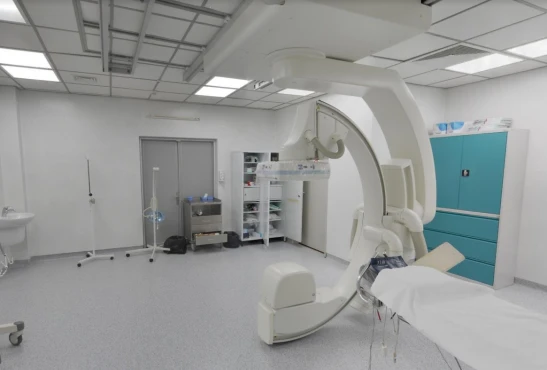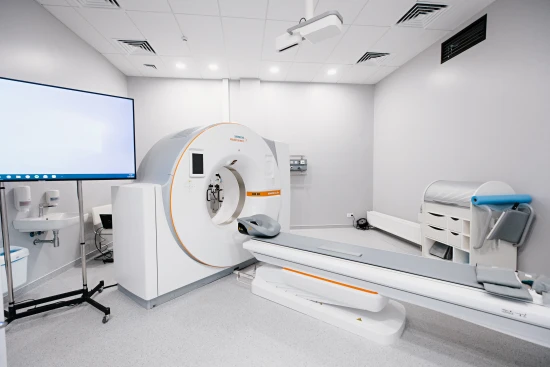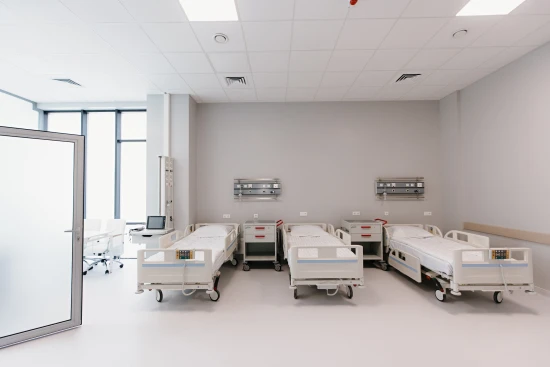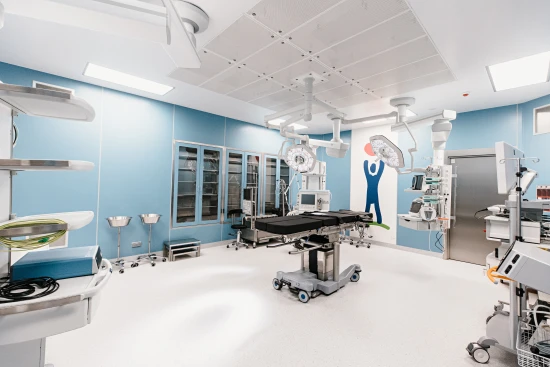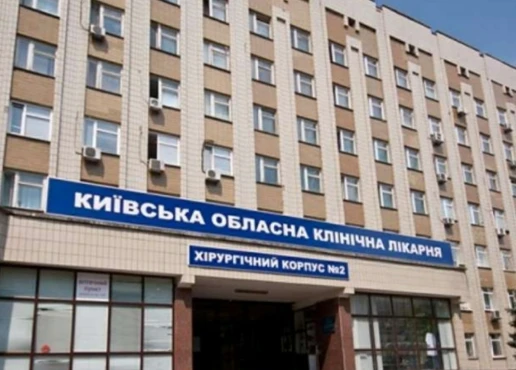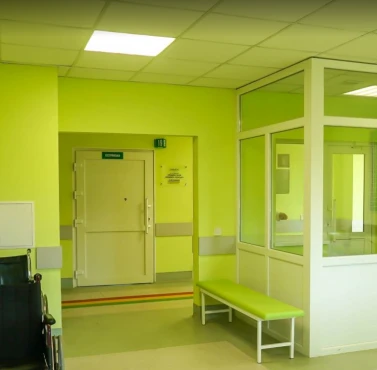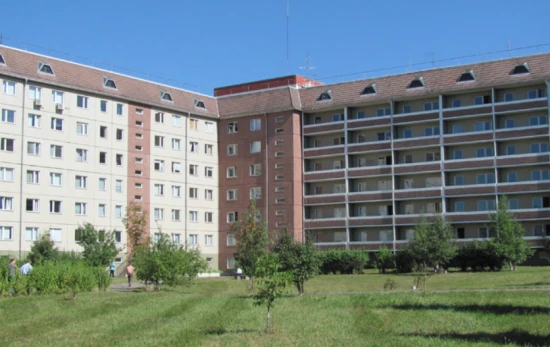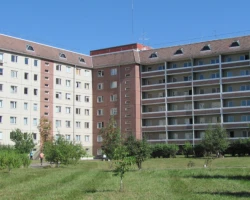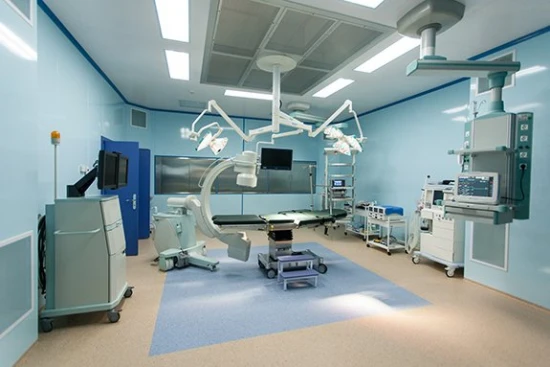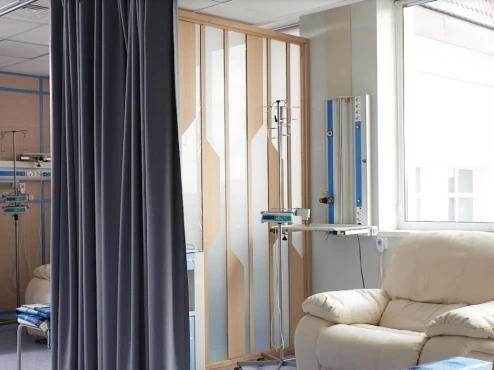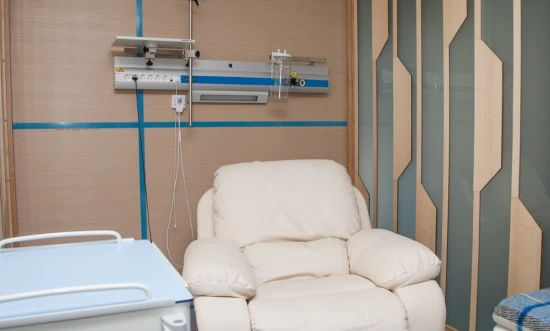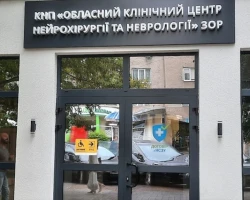from ИНТЕРПЛАСТ ЖИТОМИР
November 21, 2023
Good day. My name is Olena, I am from the city of Khmelnytskyi. I am writing my review in this format to show the REAL picture. On March 27, my mother was operated on in this center (brain tumor) by doctor Taras Stepanovych Gavryliv. To say that I thank him is not enough. Because he is a doctor from whom everyone should take an example. Responsible, tactful and, in general, professionally treats his patients and people in general. It has been more than half a year since the operation. My mother feels great. She speaks, she is not paralyzed as they told me in our hospital, as they told me in Kyiv. I will also tell you that I don't have a week without people contacting me to get some information, feedback. Because I understand the things that I myself had to go through. But in the center of Neurosurgery, everything is so well thought out, everything is so professionally selected that you fully surrender yourself to the doctor and are no longer afraid.
I read a bad review about resuscitation. I do not know of such a case, I have not seen with my own eyes sloppy treatment of people on the part of the staff, and I myself, believe me, do not have a very good character!!! The doctors in the intensive care unit looked after the patients normally and professionally. I was even amazed, and I saw and heard the feedback of other people, patients.
I was once given such advice that I would listen to my doctor with my heart. Так і сталося ! working from 8 a.m. to 10 p.m., doctor Taras Stepanovych also held online consultations late in the evening. And he did not pick up the phone, did not grumble on the phone, but on the contrary, gave answers calmly, answering questions, reassuring. Я дуже , дуже рекомендую цю клініку і свого лікаря .
Я писала пост в фейсбуці на рахунок лікарні ,щоб люди знали що є таке місце де допоможуть , де не скалічать , де не стоіть питання перше - скільки ви маєте коштів ! я зверталася по місцю в нас в управління охорони здоров"я , з питанням - ЧОМУ ????? чому в нас не можна таке зробити всюди ????? в кожному місті !!! Чому в нас діє тільки коррупція . А питання о житті паціента стоіть на останньому місті . ?
Я не бот , я не наймана людина центру Володимира Смоланки . Я - звичайний пацієнт . І дуже дуже дякую лікареві Тарасу Степановичу та його команді за спасіння моєї мами . Бо коли ще живі батьки, то і діти почувають себе - дітьми .
from Лера Гросс
October 07, 2023
3 weeks ago, I came to this hospital for rehabilitation, but it turned out that it was necessary to perform a lower back operation and correct the mistake of another doctor. Thank you very much to Dmytro Serhiyovych Sikorsky and Oleksandr Oleksandrovich Yarty for correcting the mistake and taking care of me throughout my stay in the hospital. Thank you for teaching me how to sit down and try to stand up.
Regarding rehabilitation, we can only wish for the best. While the head of rehabilitation is Kateryna Oleksandrivna Zinov'eva - I do not recommend it.
from Світлана Микитчак
September 14, 2023
From the bottom of our hearts, we would like to thank the best professional in his field, MYTRIK IVAN IVANOVYCH, and his well-coordinated team for their true professionalism. Ivan Ivanovich is a doctor from God and a man with a capital letter. A huge thank you and a low bow for your work, patience and sincerity, for your golden hands and for a successful operation for my mother, who once again experienced the taste of life, namely walking on her own feet, without any help. THANKS.


